Although it’s reassuring to believe literature first appeared together with language, or at the very least, that it was scrawled down as soon as writing became a thing, the truth is that we can’t be entirely positive. What is known is that the oldest texts, found on 5,000-year-old Persian tablets, largely consist of accounting of property (which should make it clear where our worries are), while the first extensive works, created a few hundred years later in Egypt, were far longer. Here are a some of the most well-known and offensively antiquated books that are still extant.
Diamond Sutra
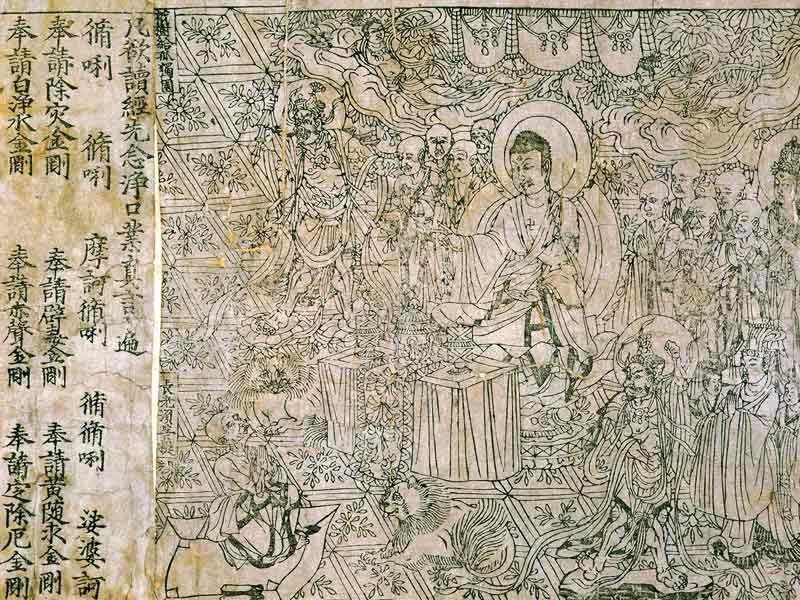
This book tells us its “publication” date, which is the sole instance of its kind on this list, therefore we can date its production with absolute certainty (it is, according to the British Library, where it now resides, the earliest example of a dated, printed book in the world). This Diamond Sutra, a Chinese translation of an important scripture in the Mahayana Buddhist tradition, was printed from wooden blocks onto a scroll over 5m (16.4 ft) long and was discovered in a cave at Dunhuang together with other manuscripts.
The eighth-century Regula Sancti Benedicti (The Rule of St. Benedict)
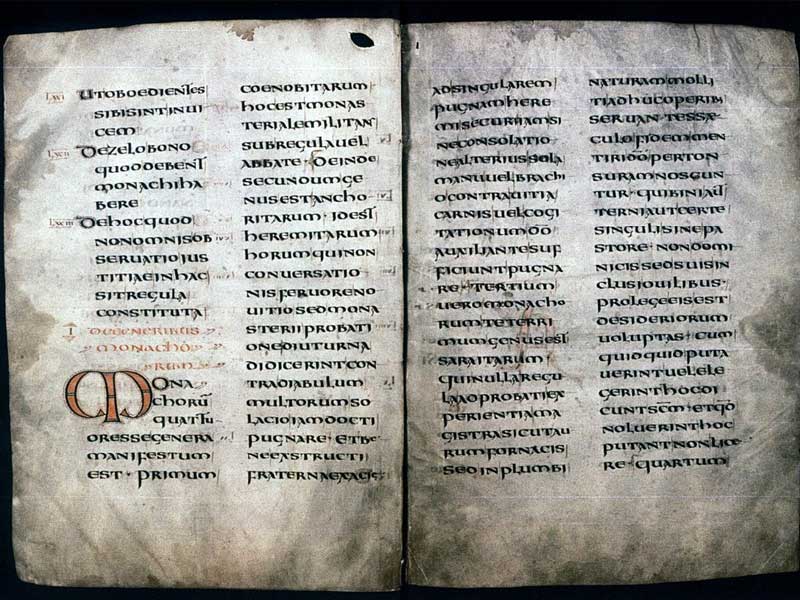
Another holy book, this one housed at Oxford’s Bodleian Library. It is the earliest surviving copy of Saint Benedict of Nursia’s Rule, which he compiled somewhere in the year 540 as a manual for the fundamentals of monastic life. The parchment book’s provenance is unknown, but it is only known that it was housed at Worcester Cathedral from the 11th until the 17th century, after which it was acquired by the Bodleian.
7th–8th-century Codex Parisino-Petropolitanus
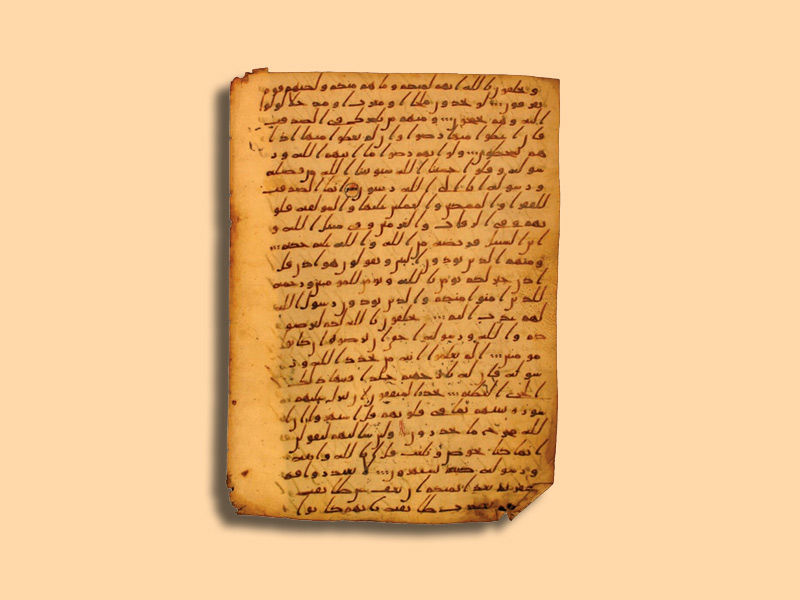
The codex, one of the earliest Quranic manuscripts in existence, was kept at Egypt’s Amr ibn al-As Mosque until the Napoleonic conquest of 1798 when a few folios were carried back to Paris. The complete manuscript, which was written in the Hijazi script by five scribes, contains slightly less than half of the Quran. Little portions of the codex are housed at the Vatican Library, the National Library of Russia in Saint-Petersburg, and the Khalili Collection in London. The majority of the codex is kept at the Bibliothèque Nationale de France in Paris.
Gospel of St. Cuthbert, ca. 7-8th century
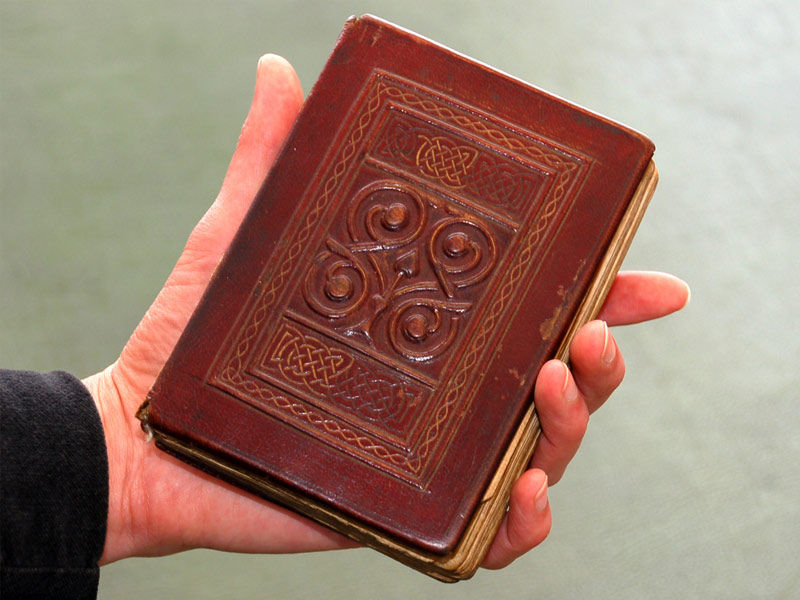
The first complete book in Europe is a Latin-written pocket gospel book that is currently kept by the British Library and was purchased by that institution in 2012 for £9 million (US$11 million). It was reportedly protected from numerous Viking invasions by being maintained in Durham Cathedral when it was discovered in Saint Cuthbert’s grave in the northeast of England. It contains the Gospel of John and is renowned for having its original, hand-crafted leather cover.
Also read: Joyland: Saim Sadiq’s Controversial, Risky Directorial Debut, Which Pakistan Attempted To Ban.
Pseudo-Apuleius Herbarius

Up until the High Middle Ages, the Pseudo-Apuleius Herbarium was the most significant herbal in Europe. Its oldest surviving manuscript is kept at the Leiden University Library in Holland and is rich with fantastic botanical pictures. Although we know this particular version was created in southern France, little is known about the author, the book itself, or the text in general.
The Nag Hammadi library, 3–4th century
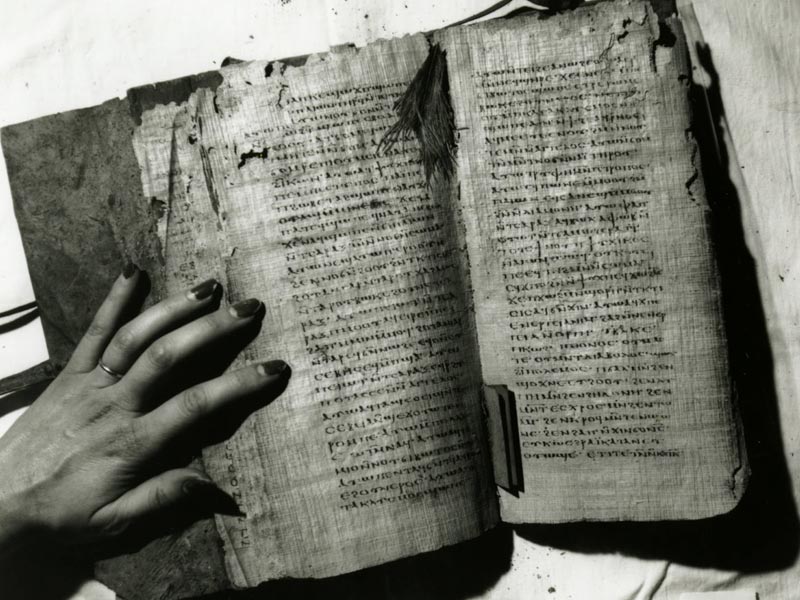
The “library” is 12 papyrus codices written in Coptic Egyptian and often dated to the beginning of the fourth century. They were found buried in a jar by an Egyptian farmer near the town of Nag Hammadi in 1945. Most of the works included being early-Christian religious writings, including the Gospel of Thomas and other non-canonical Gnostic texts. These are kept in Cairo’s Coptic Museum.
The Dead Sea Scrolls

The Dead Sea Scrolls, a collection of 972 manuscripts discovered in a network of 12 caves in Qumran, West Bank, are unquestionably the most well-known item on this list. These documents, which were written in Hebrew, Aramaic, and Greek and were preserved on parchment and papyrus, are regarded as the first complete biblical texts to have endured to the present day. Three Bedouin shepherds found the first scrolls in 1946, sparking a quest that would turn up the others over the ensuing ten years. One of the best-preserved manuscripts is the Great Psalms Scroll, which was apparently copied somewhere between 30 and 50 CE.
The 6th century BCE Etruscan Gold Book
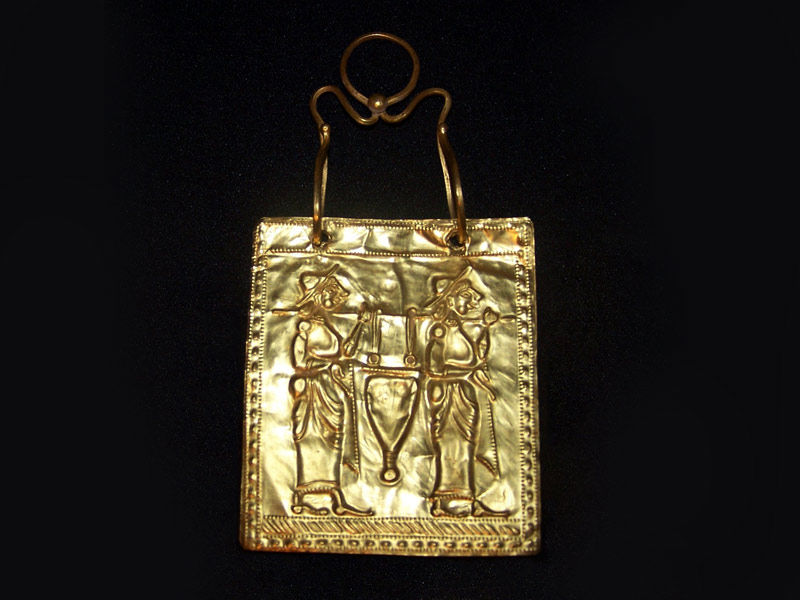
This item is somewhat of a magnificent example despite its doubtful inclusion due to its disputed validity and non-bookish features (as well as the frequent references to Mormon in the pertinent literature). It is made up of six gold “pages” bound together by golden rings and is said to have been discovered some 70 years ago in a tomb near the Strouma River in Bulgaria. It is decorated with numerous soldiers, a mermaid, and a harp. The National History Museum in Sofia is where you may see it.




























